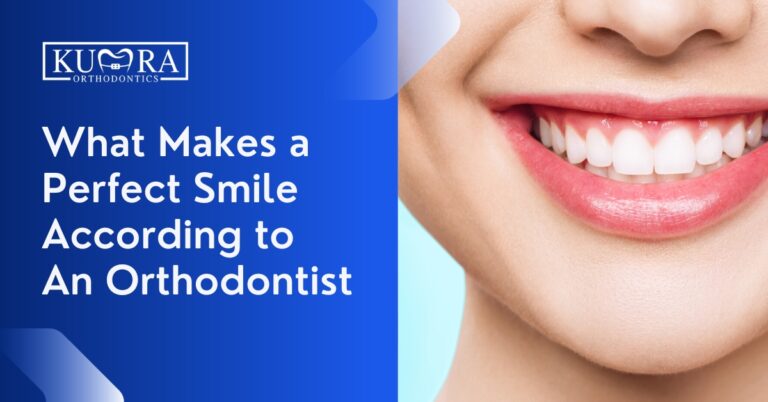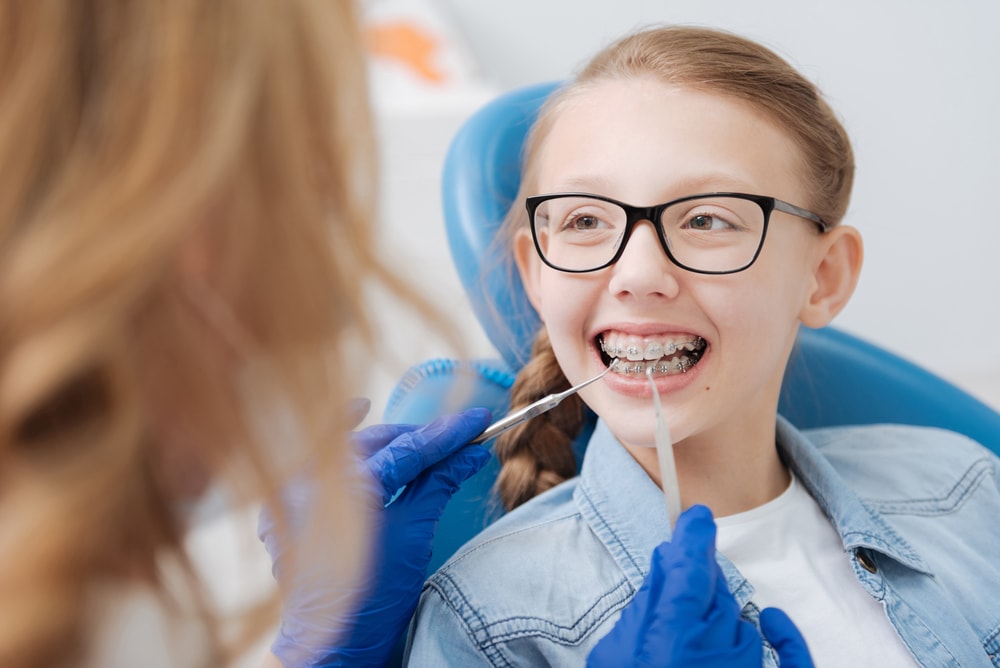The Best Strategy To Use For Legacy Orthodontics
The Best Strategy To Use For Legacy Orthodontics
Blog Article
The smart Trick of Legacy Orthodontics That Nobody is Talking About
Table of ContentsWhat Does Legacy Orthodontics Mean?All About Legacy OrthodonticsThe Ultimate Guide To Legacy OrthodonticsThe Best Strategy To Use For Legacy Orthodontics9 Simple Techniques For Legacy Orthodontics
At Advanced Orthodontics, we provide individuals with a holistic treatment experience. In addition, we provide adjustable therapy schedules, flexible settlement alternatives and a fun, pleasurable experience. invisalign. Call ( 480) 357-4900 today to learn more and timetable a visit.An orthodontist is a dental expert educated to identify, protect against, and treat teeth and jaw abnormalities. Orthodontists work with people of all ages, from youngsters to adults.
Malocclusion, or misaligned teeth, can bring about dental concerns, consisting of dental caries, periodontal condition, and tough or painful chewing. But not everyone is born with straight teeth. If you have a poor bite or huge spaces between your teeth, you might intend to get in touch with a dental practitioner specializing in orthodontic care.
More About Legacy Orthodontics
( Photo Credit Score: DigitalVision/Getty Images) Orthodontists utilize dealt with and detachable oral gadgets, like braces, retainers, and bands, to change the position of teeth in your mouth. Orthodontic treatment is for oral problems, including: Crooked teethBite problems, like an overbite or an underbiteCrowded teeth or teeth that are too far apartJaw misalignmentThe objective of orthodontic therapy is to improve your bite.
A healthy bite ensures you can consume, chew, and talk effectively. While you may consider orthodontists as primarily for youngsters or teenagers that require braces, they can correct oral issues at any kind of age. Orthodontists attend university, oral college, and orthodontic college. After graduation, they invest 2 or 3 years in an orthodontic residency program.
All orthodontists are dental professionals, yet not all dental practitioners are orthodontists. Orthodontic residency programs use intensive, focused direction for dental professionals. They concentrate on 2 areas: Exactly how to effectively and safely relocate teeth How to properly lead growth in the teeth, jaw, and faceOnce an orthodontist has finished training, they have the choice to end up being board certified.
Not known Incorrect Statements About Legacy Orthodontics
Malocclusion leads to tooth congestion, an irregular jaw, or uneven bite patterns. Malocclusion is generally treated with: Your orthodontist attaches metal, ceramic, or plastic square bonds to your teeth.
Some people require a headwear to aid move teeth into line with pressure from outside the mouth. A retainer is a custom-made tool that keeps your teeth in place.
They're most usually used on children. They can create extra space in the mouth without having to draw teeth. If you have a significant underbite or overbite, you may need orthognathic surgical procedure (likewise called orthodontic surgical treatment) to lengthen or reduce your jaw. Orthodontists utilize cords, medical screws, or plates to sustain your jaw bone.
You may require to see an orthodontist if you have: Crowding or otherwise enough room for all of your teethOverbite, when your upper teeth come by your base teethUnderbite, when your bottom teeth are also much forwardSpacing or issues with gapsCrossbite, which is when your top teeth fit behind your bottom teeth when your mouth is closedOpen bite or a vertical gap between your front bottom and upper teethMisplaced midline, when the center of your bottom and upper teeth don't align Remedying an oral malocclusion can: Make attacking, chewing, and speaking easierImprove the proportion of our face and your overall appearanceEase pain from temporomandibular joint disordersSeparate your Recommended Site teeth and make them easier to cleanse, aiding stop dental cavity or dental caries It's often a dentist that initially notices misaligned teeth during a regular examination.
Some Known Incorrect Statements About Legacy Orthodontics

Throughout your very first orthodontic consultation, you'll likely have: A dental examPhotos taken of your face and smileDental X-raysPanoramic (360 degree) X-rays of your face and headImpressions to produce molds of your teethThese examinations will assist your orthodontist know exactly how to continue with your therapy. braces. An orthodontist is a dentist who's had training to treat your teeth and jaw
An orthodontist is focused on your bite, so something like a broken tooth would certainly be taken care of by a dental expert. Orthodontists are concentrated on your bite, or the means your teeth fit with each other, and the straightness of your teeth.
Ever before questioned just how celebs constantly seem to have perfectly lined up teeth? The response frequently depends on the skilled hands of an orthodontist. What exactly does an orthodontist do? Orthodontists are dental professionals who focus on dealing with irregularities in the teeth and jaws. Their competence exceeds just producing a gorgeous smile; it encompasses improving your general dental health and feature.
Indicators on Legacy Orthodontics You Should Know

While braces are the most commonly recognized orthodontic therapy, orthodontists have a varied toolkit at their disposal. The specific method selected depends upon the intensity of the instance, the person's age, and specific preferences. These tried-and-true braces make use of a system of braces bound to the teeth and linked by cables.
Clear aligners, like Invisalign, are a prominent alternative for clients seeking a more discreet therapy alternative. These removable trays are tailor-made to progressively move the teeth's position. Headwear may be made use of in combination with dental braces or aligners to apply added targeted pressures, specifically for remedying jaw inconsistencies. In cases of slim jaws, palatal expanders can be utilized to create room for appropriate tooth positioning.
Report this page